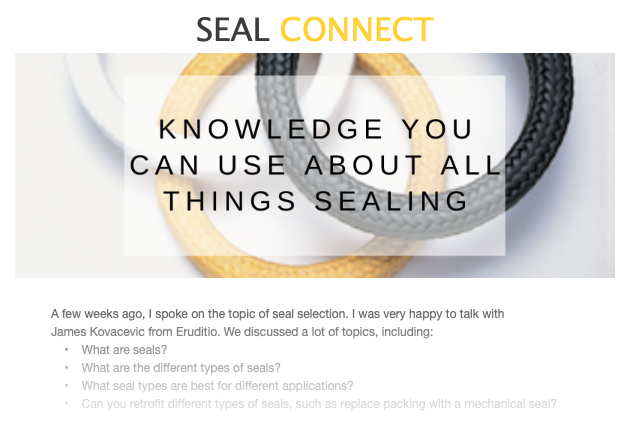Shielding Your Bearings: The Ultimate Guide to Bearing Isolators
 Bearing isolators are a more recent development in seal technology. They are protective measures that replace traditional seals on bearings within rotating equipment. As higher-performing equipment needed to survive harsher environments, better protection for the bearings was needed, leading to innovation in the form of bearing isolators.
Bearing isolators are a more recent development in seal technology. They are protective measures that replace traditional seals on bearings within rotating equipment. As higher-performing equipment needed to survive harsher environments, better protection for the bearings was needed, leading to innovation in the form of bearing isolators.
A quick introduction to bearings
Bearings are the bread and butter of the rotating equipment industry. They support rotating shafts in various machinery and engines, allowing for motion throughout pumps, motors, and more. When bearings fail, the whole machine they support stops working as well. Aspects such as operating conditions and improper lubrication are the most common causes of bearing failure, as both involve bearing housings becoming contaminated. And that’s where bearing isolators can help.
Bearing Isolators
Bearing isolators are a type of lubrication seal designed to protect the lubrication of the bearing from contaminants, such as process fluid. These types of seals are the parts that separate the bearings of a machine from the external environment–as well as any contaminants that would damage them. They also play the vital role of keeping the lubricant within the bearing cavity and keeping other components from coming into contact with the bearings. Overall, bearing isolators increase the bearing’s and machine’s life.
Types of bearing isolators
The more traditional and common type of bearing isolator used to protect bearing lubrication is the contacting, compound labyrinth bearing isolator, with a dynamic O-ring, and most other isolators are a derivative of this original design. This development benefited the advancement of rotating equipment, which can keep contaminants out by directing them outside the seal. The O-ring expands under dynamic conditions, which allows the housing to vent through the seals. Once the machine shuts down, the O-ring then contracts.
Contact-bearing isolators do have their limitations. They struggle in environments with heavy contaminants, such as sand, dust, and other debris, and environments with steam or oil mist. Because they typically contact the lip seal within the housing, they also cause the seal to wear down, and they can’t block contaminants during machine shutdown.
Non-contact compound labyrinth isolators are similarly designed as contact isolators. However, they function a bit differently. Non-contact bearing isolators use specific clearances, gap changes, and direction changes to direct contaminants away from the bearing through gravity and centrifugal force. And, because they do not make contact with a lip seal to operate, there is far less wear on the seal and the bearing within.
Non-contact bearing isolators also struggle under static conditions. As the machine shuts down, the bearing housing draws air in from the environment to reach a state of equilibrium, which can also draw in contaminants from the environment. Vertically oriented non-contact isolators use their design of specific gaps and chambers to break down these contaminants’ energy and eventually force them away from the housing while still allowing air that won’t damage the lubrication. In other words, these isolators will enable the housing to ‘breathe’ while controlling precisely what the housing breathes in through the laws of energy conservation and gravity.
These new isolators are much more robust while still being small and manageable. Because of this, they are incredibly flexible and can be used in various applications, such as electric motors, gearboxes, pillow blocks, turbines, and much more.
 SEAL CONNECT
SEAL CONNECT Find Your Sealing Solution
Find Your Sealing Solution